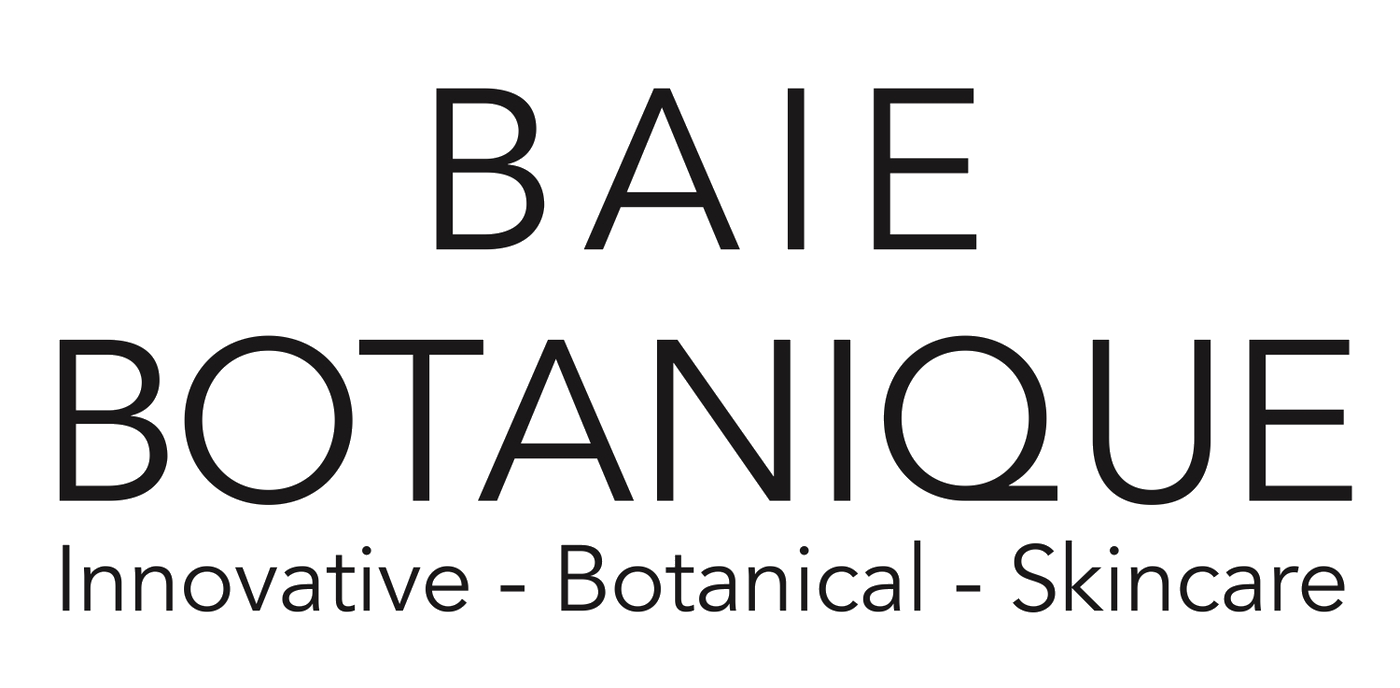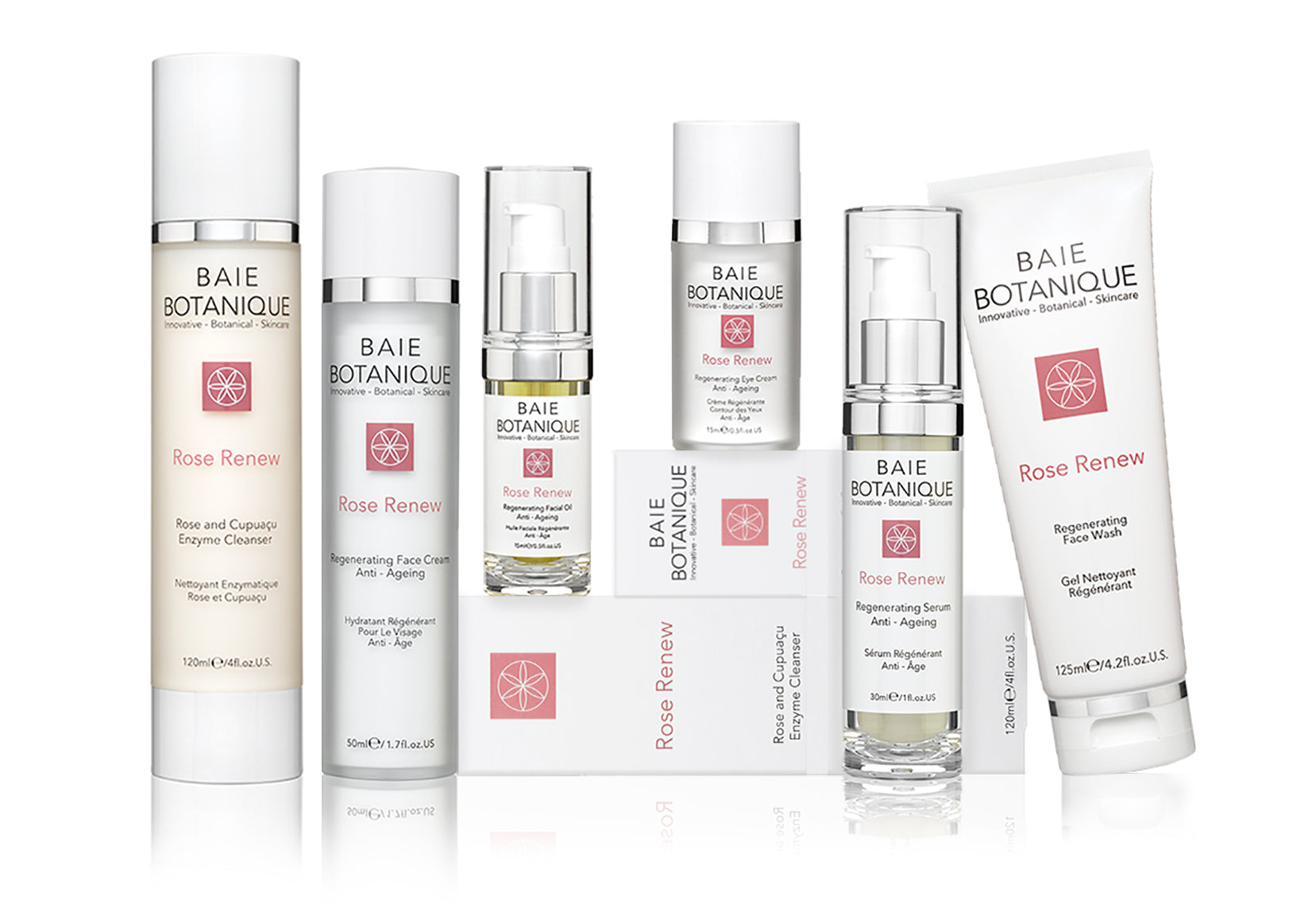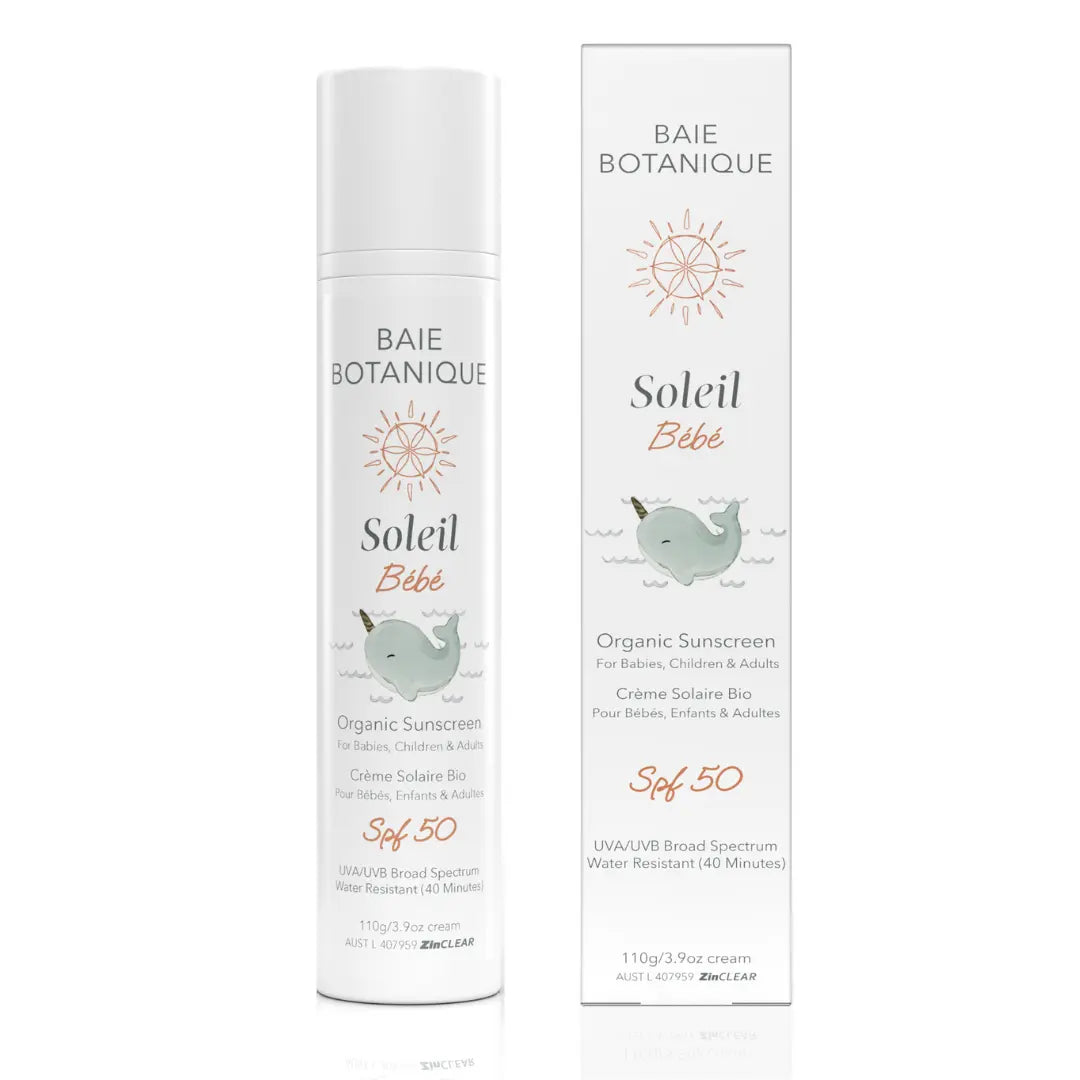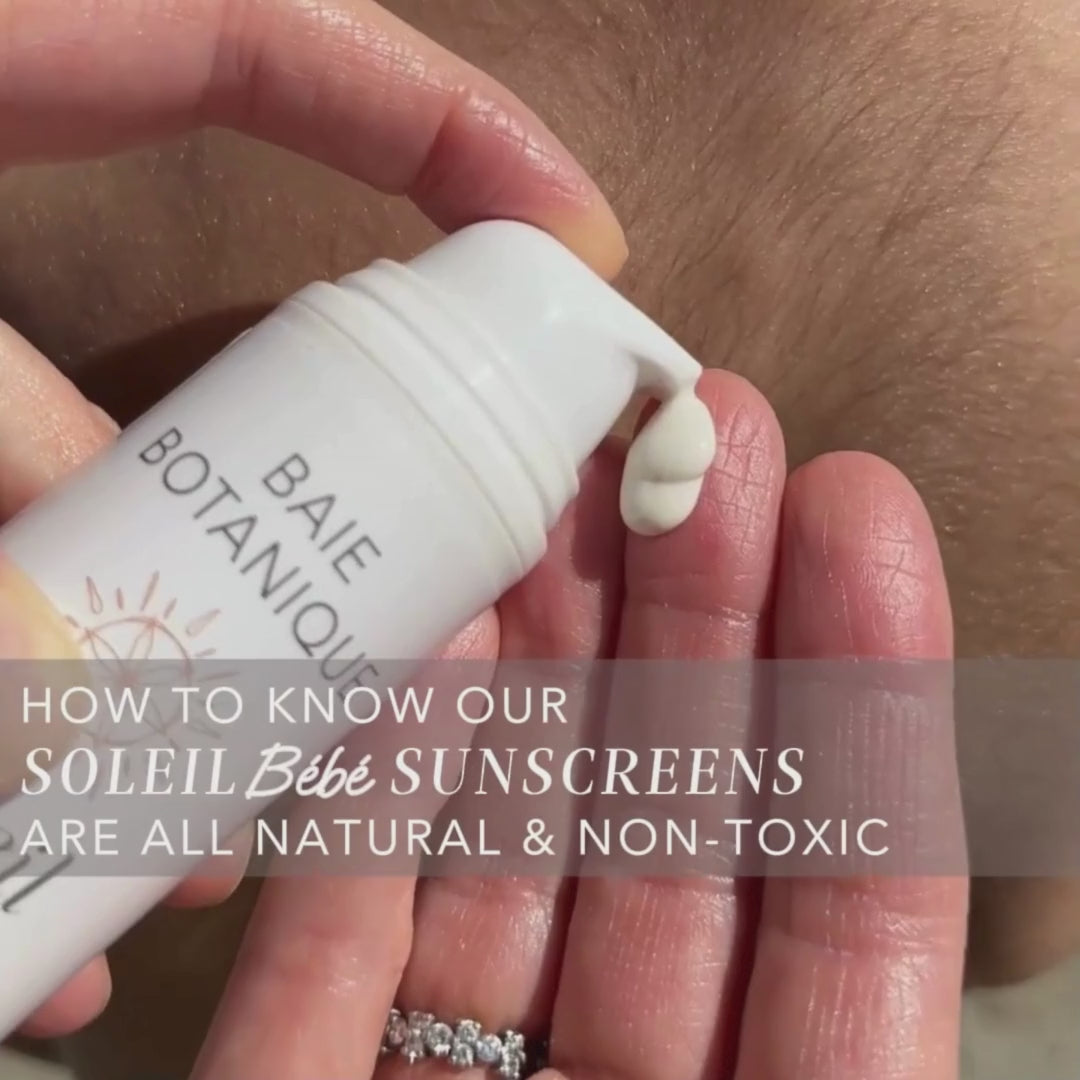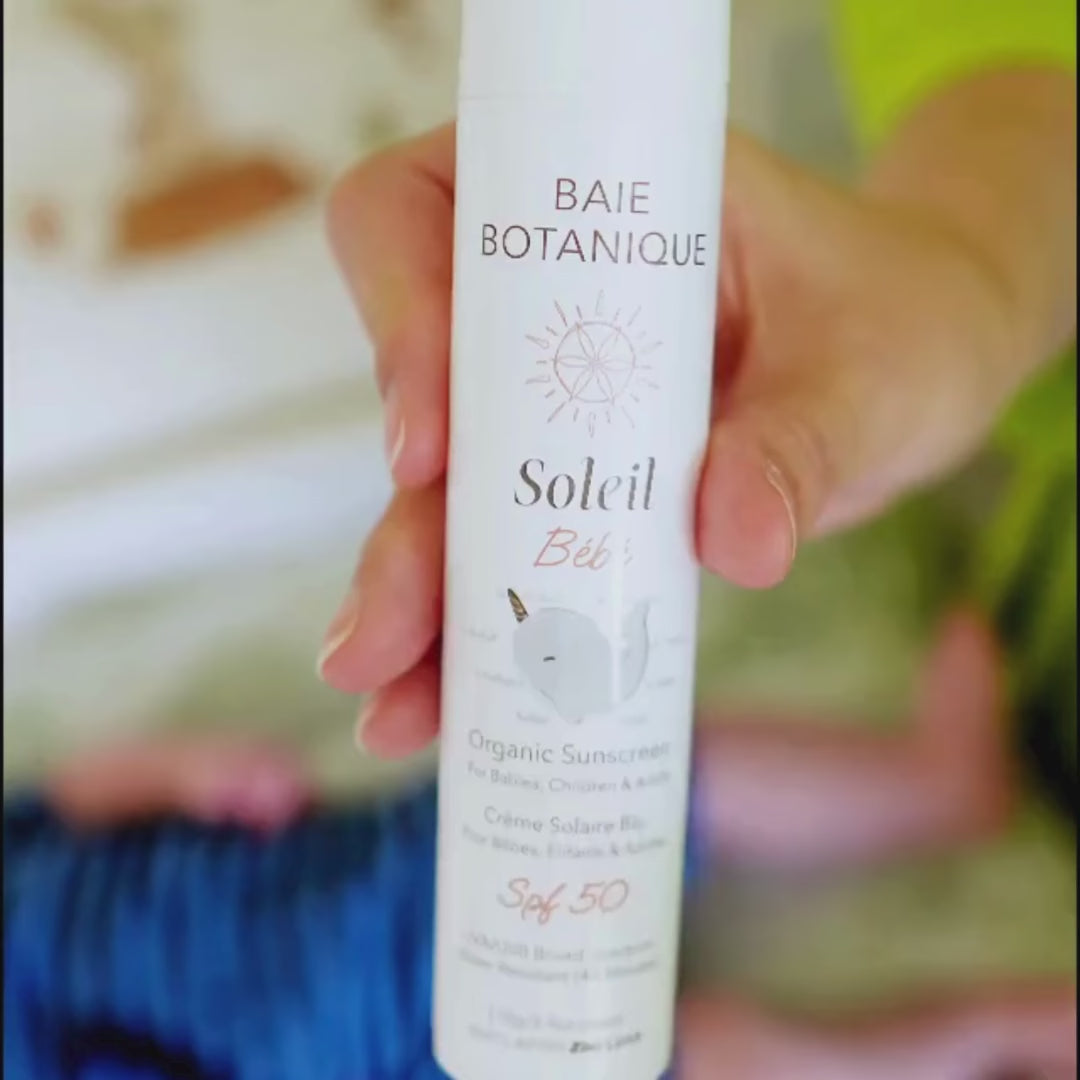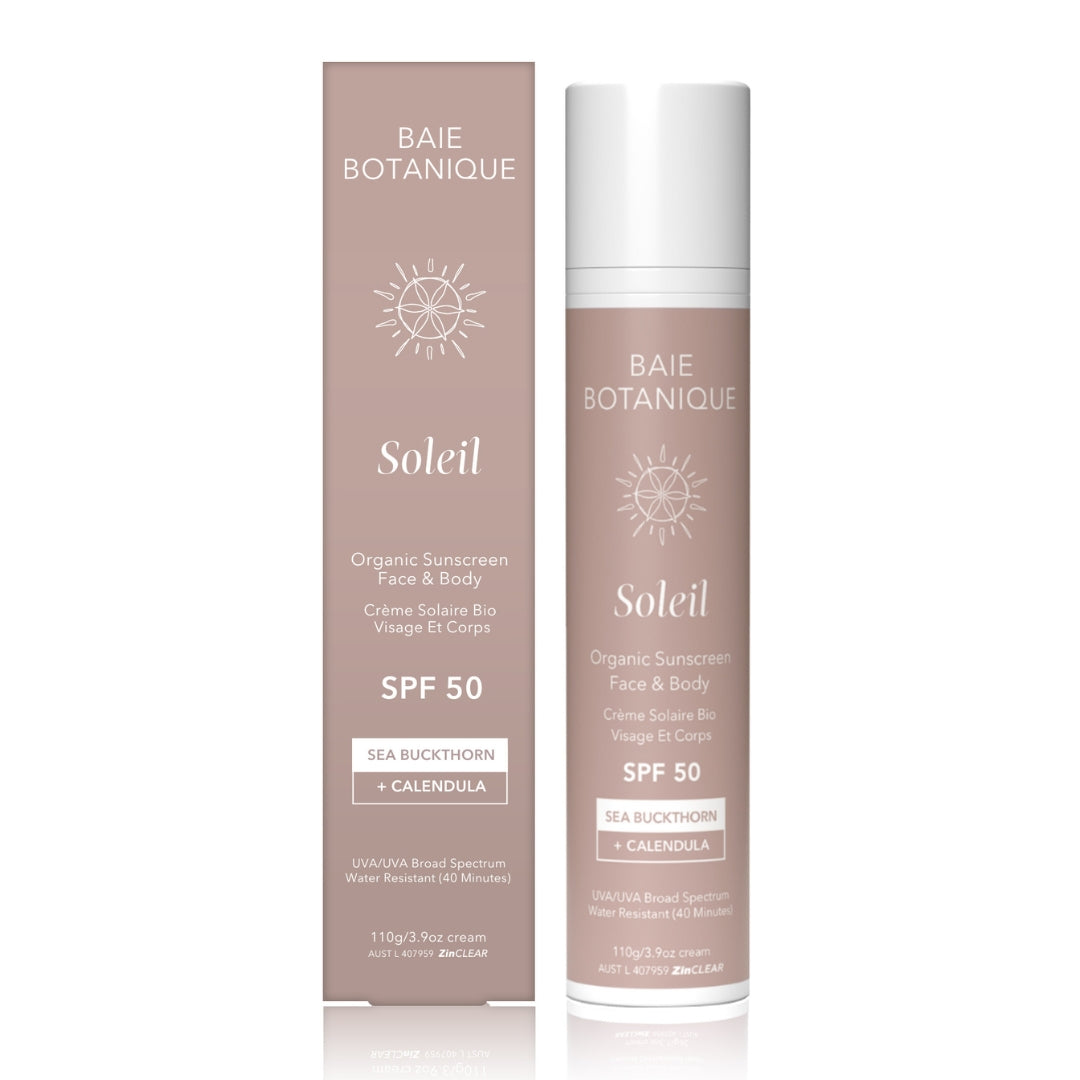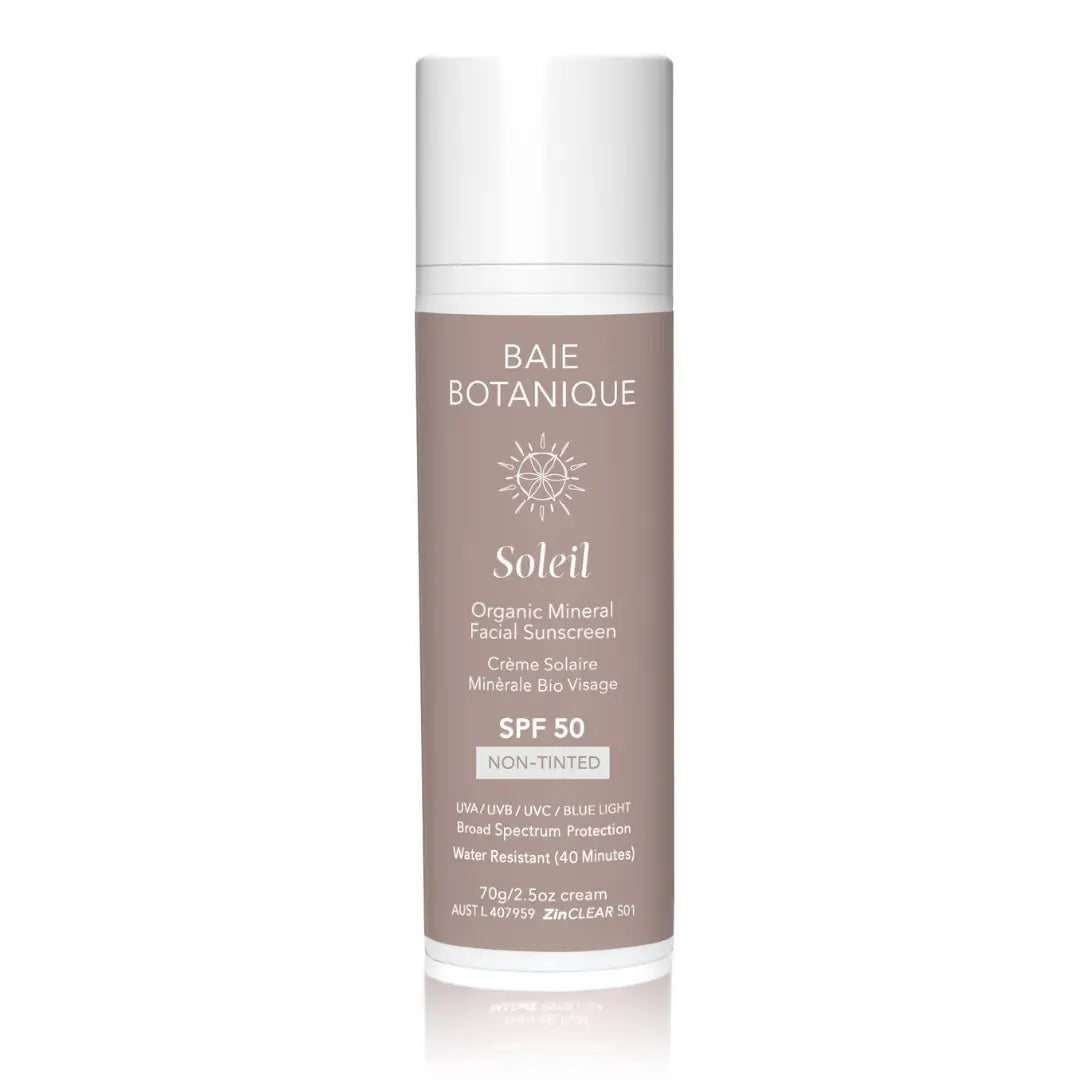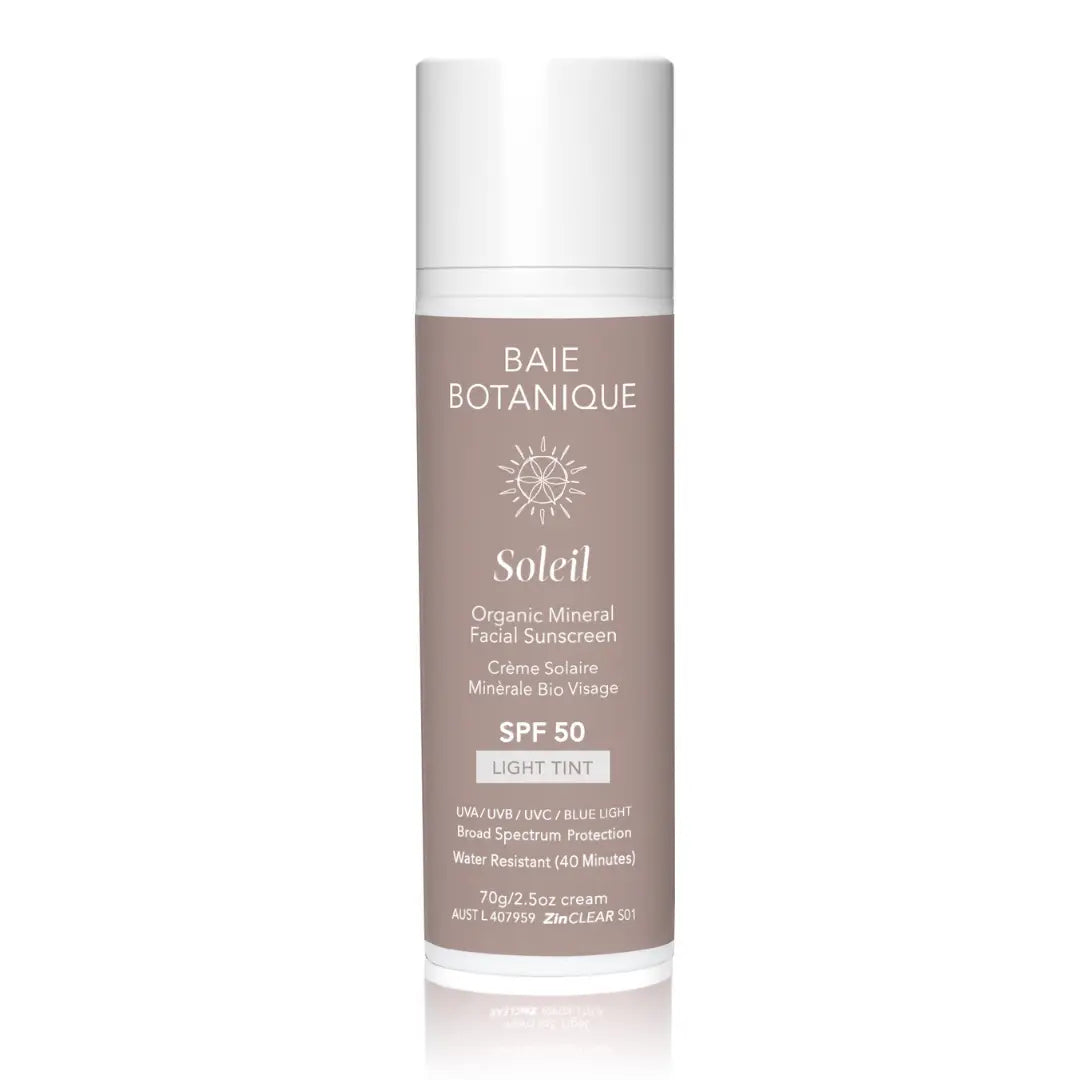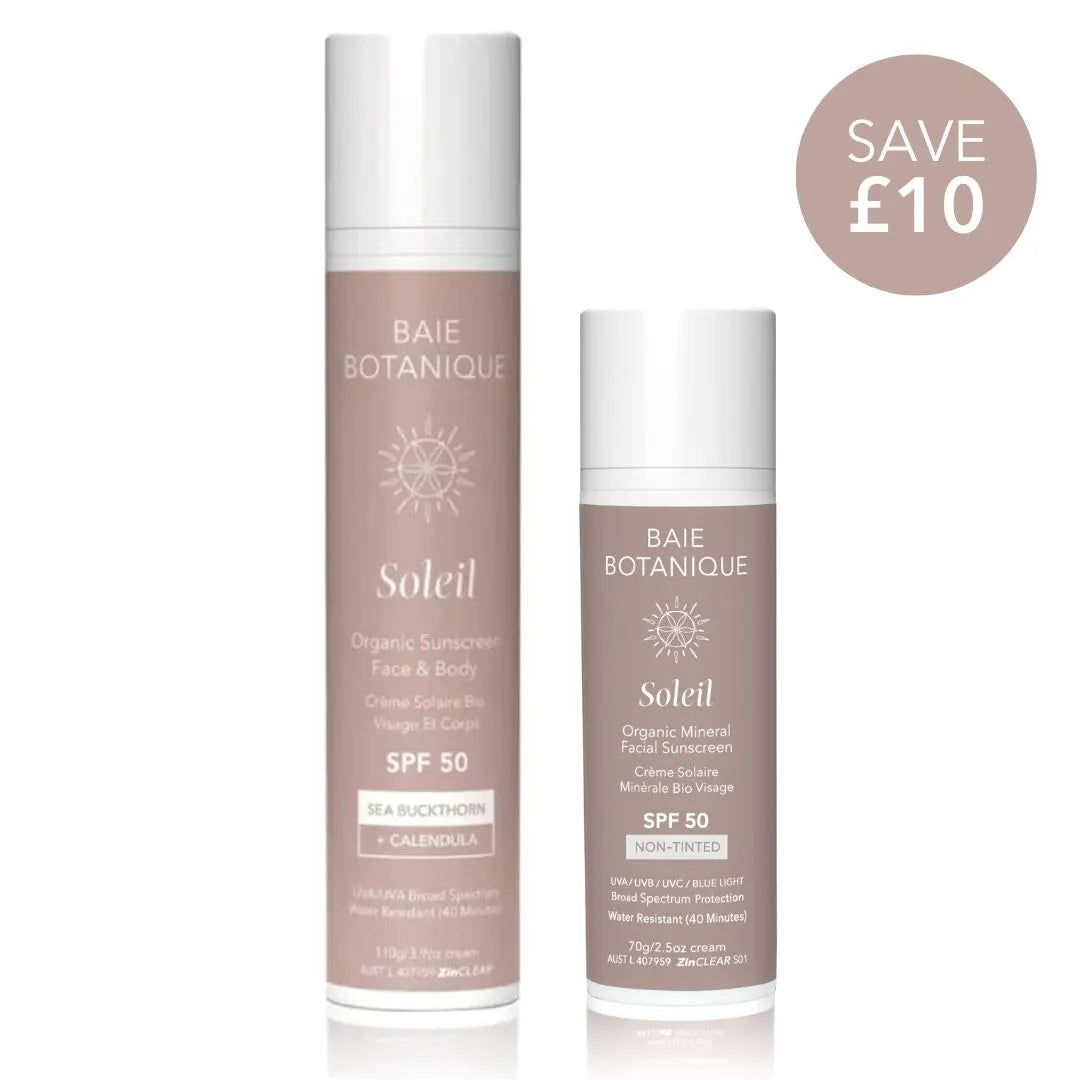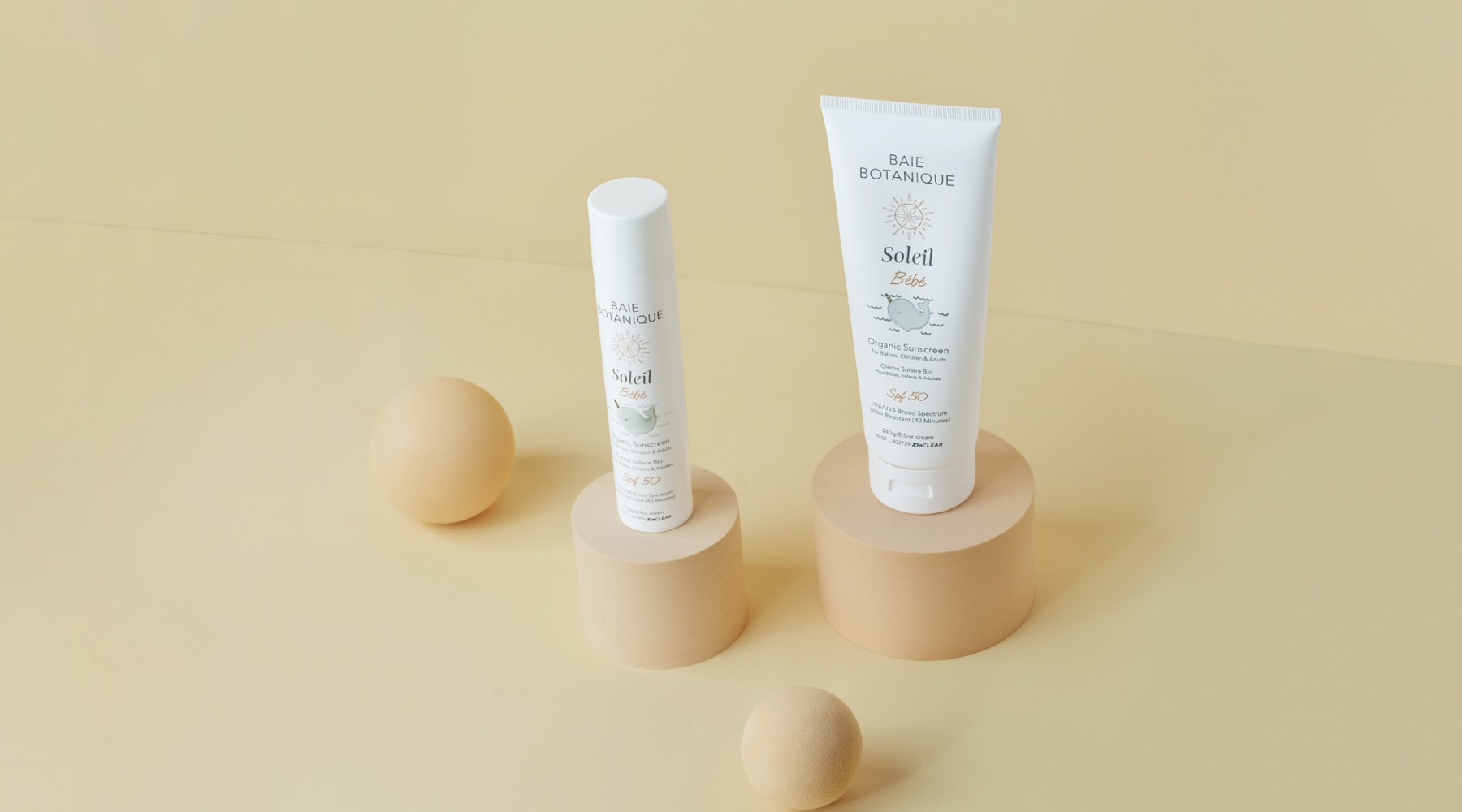
Why Our Award-Winning Sunscreen is Your Child's Hero: Ingredients to Avoid in Sun Protection
We launched our first baby suncare product in the middle of 2024 and Soleil Bébé, has proven to be a shining star in the industry. This gentle yet powerful sunscreen has garnered multiple prestigious awards, solidifying its place as a must-have for parents seeking the best for their little ones.
Since then it has achieved remarkable recognition across the baby care and suncare communities:

- Gold, Special Free From Achievement at the Free From Living Awards 2024 – recognising products free from fragrances, preservatives, allergens, and non-vegan ingredients.
- Gold, Best Sunscreen in the Baby Skin & Body Care category at the Organic & Sustainable Baby Awards 2024 – the first awards dedicated to organic and sustainable brands for babies.
- Gold, Best Natural/Organic Sunscreen for a Toddler at the Green Bambini Baby Awards 2024.
- Best Baby & Toddler Sunscreen/SPF at the Mama & Baby Awards 2024.
- Silver, Best Sun Protection at the Green Parent Awards 2024.
- Silver, Best 95%+ Organic Baby/Toddler Product at the Green Bambini Baby Awards 2024.
From the careful selection of essential ingredients to ensuring the most gentle formula, Soleil Bebe is well-loved.
However, as a small brand, we also dealt with so many ingredients to consider, choosing the right sunscreen can be challenging. We simplify this process by ensuring Soleil Bébé is free from potentially unsuitable ingredients, so your child can enjoy the outdoors with healthy, protected skin.
Below we'll look at some common ingredients that might not be ideal for your child's skin. Rest assured, these ingredients are NOT in Soleil Bébé, as we believe our kids deserve to enjoy the outdoors with healthy, protected skin!
-
Oxybenzone, may interfere with hormone levels and cause eczema-like reactions after sun exposure. Research suggests it could harm fetal brain development, disrupt sperm function, and lower testosterone levels in teenage boys.
-
Octinoxate, a common sunscreen ingredient, enhances the absorption of other ingredients but can disrupt hormones, especially estrogen, and be harmful if it contaminates water. Despite its role in preventing aging, it can ironically accelerate it by generating free radicals that damage skin and cells.
-
Paraben preservatives, can cause allergic reactions, hormone imbalances, and developmental issues.
-
Homosalate, a UV-absorbing ingredient in sunscreen, helps it absorb into the skin. However, it can accumulate in the body faster than it can be eliminated, potentially causing toxicity and hormone disruption.
-
Octocrylene, when exposed to UV light, Octocrylene absorbs the rays and generates oxygen radicals that can harm cells and lead to mutations.
-
Aluminium Hydroxide and other Aluminium derivatives, while this is a common ingredient in products used for children, it still poses a threat to neurotoxicity and the immune system especially when it accumulates in the body
-
Nano Particle Mineral suns filters such as Titanium Dioxide (NANO) or Zinc Oxide (NANO), Typically added to avoid white cast due to their tiny size and faster absorption. They may penetrate the skin more deeply, potentially leading to health risks if they enter the bloodstream.
-
Retinyl Palmitate, a form of Vitamin A in sunscreens, boosts UV protection but can produce harmful free radicals when exposed to sunlight, potentially damaging cells and DNA and increasing the risk of skin cancer.
-
Sodium benzoate, usually considered safe, but when combined with ascorbic acid (vitamin C), it can produce benzene, a substance linked to cancer. Benzene is naturally occurring and also a byproduct of human activities like forest fires and vehicle emissions. In acidic conditions and high temperatures, such as those in some sunscreens, this combination poses potential risks.
-
Potassium sorbate, a common preservative, is usually synthetic and less effective alone.
-
Lastly, Some sunscreens contain alcohol, like denatured or SD alcohol to help them dry quickly, but this can irritate and dry out sensitive skin.

Finding a reliable product involves research in order to avoid certain ingredients. We hope this blog has clarified your choices and helped you select the best sunscreen for your children.
#NonToxicBabySunscreen #BabySunscreen0to6Months #GreenPeopleBabySunscreen #BabySunscreen6to12Months #BabySunscreen0to2Years #OrganicBabySunscreen #BabySunscreenEczema #BabySunscreenOrganic #BabySunscreenSPF50Spray #BabySunscreenMineral #BabySunscreenSPF50Sensitive #BabySunscreenStick #BabySunscreenNewborn #BabySunscreenSPF50
